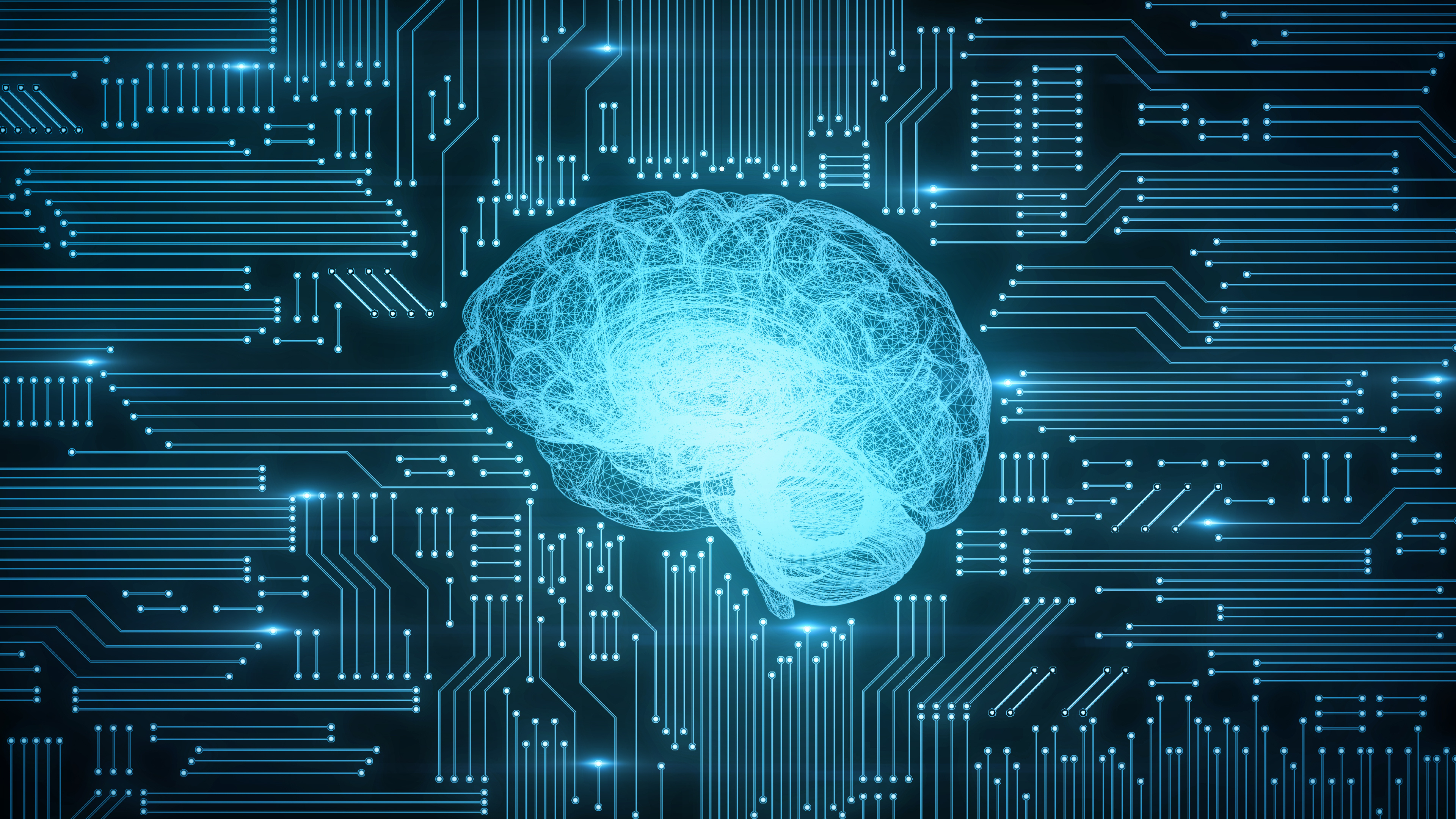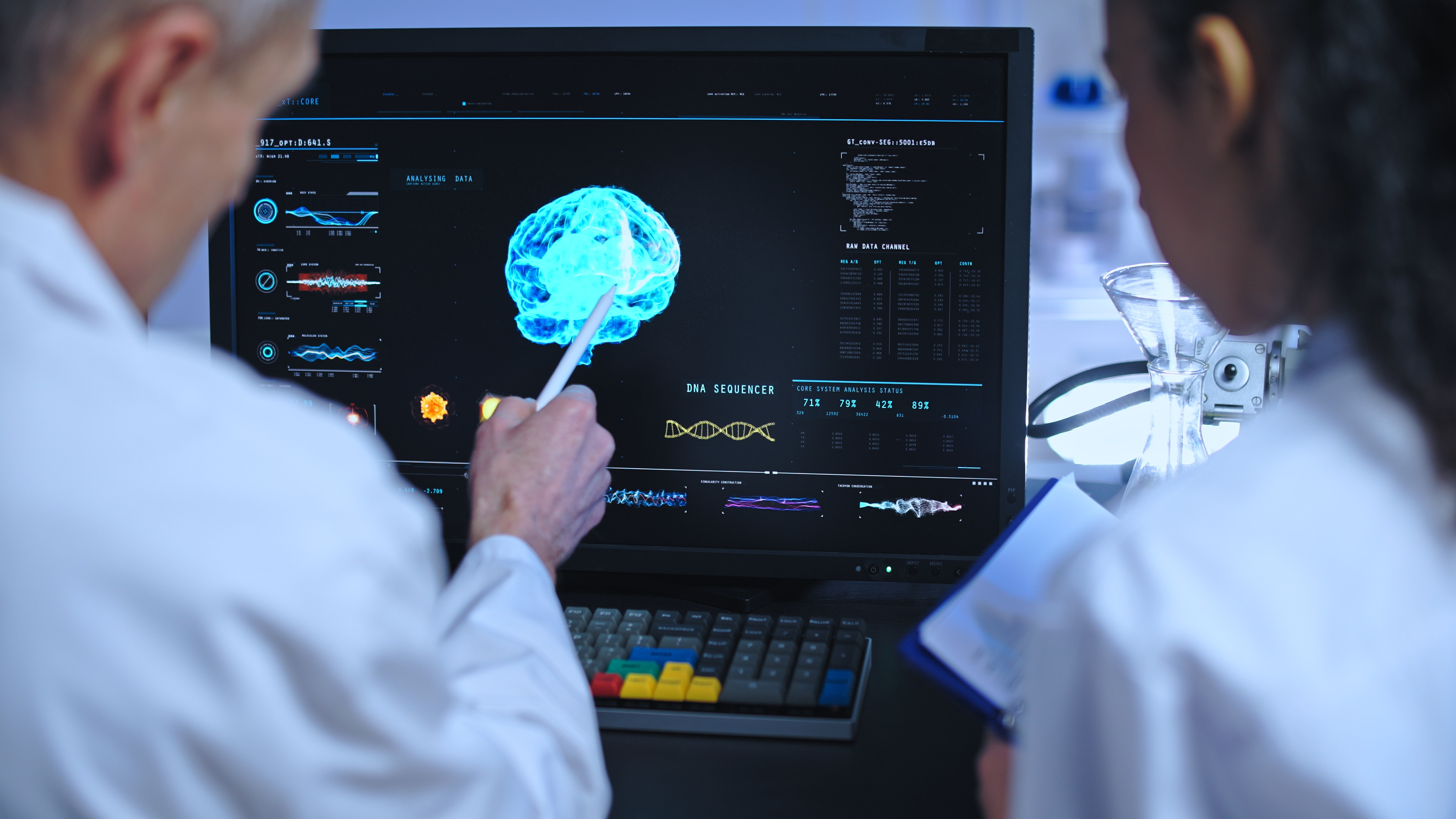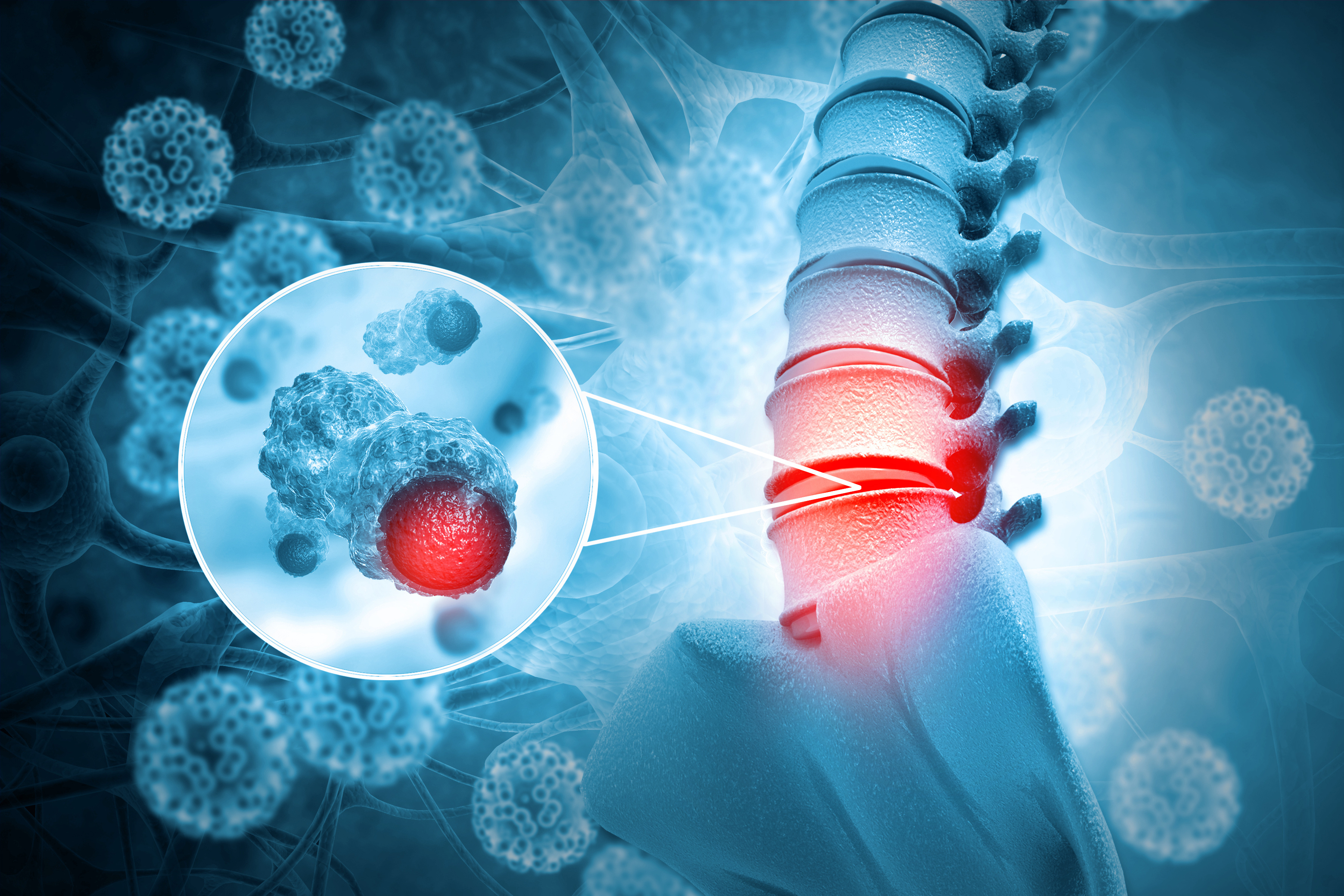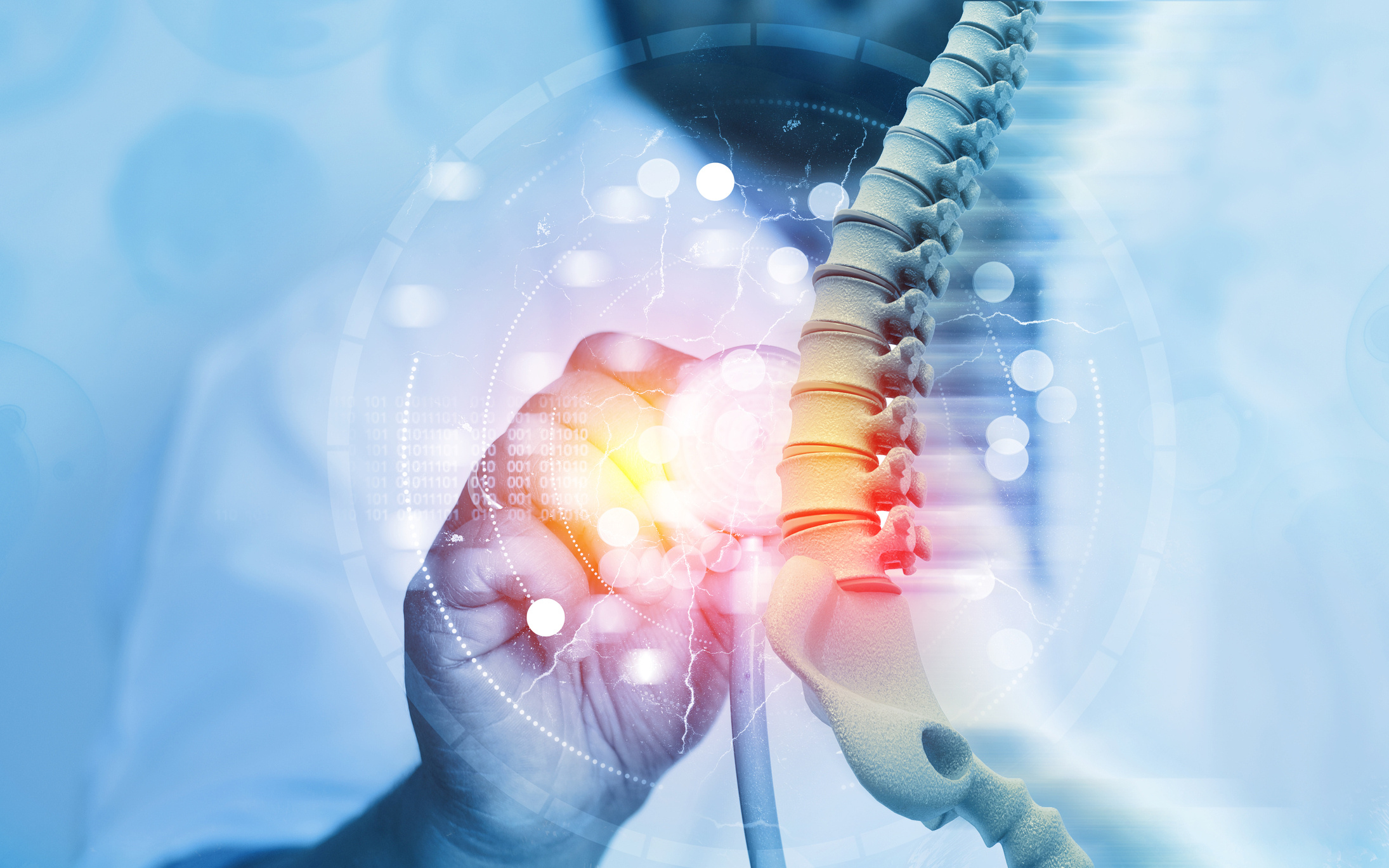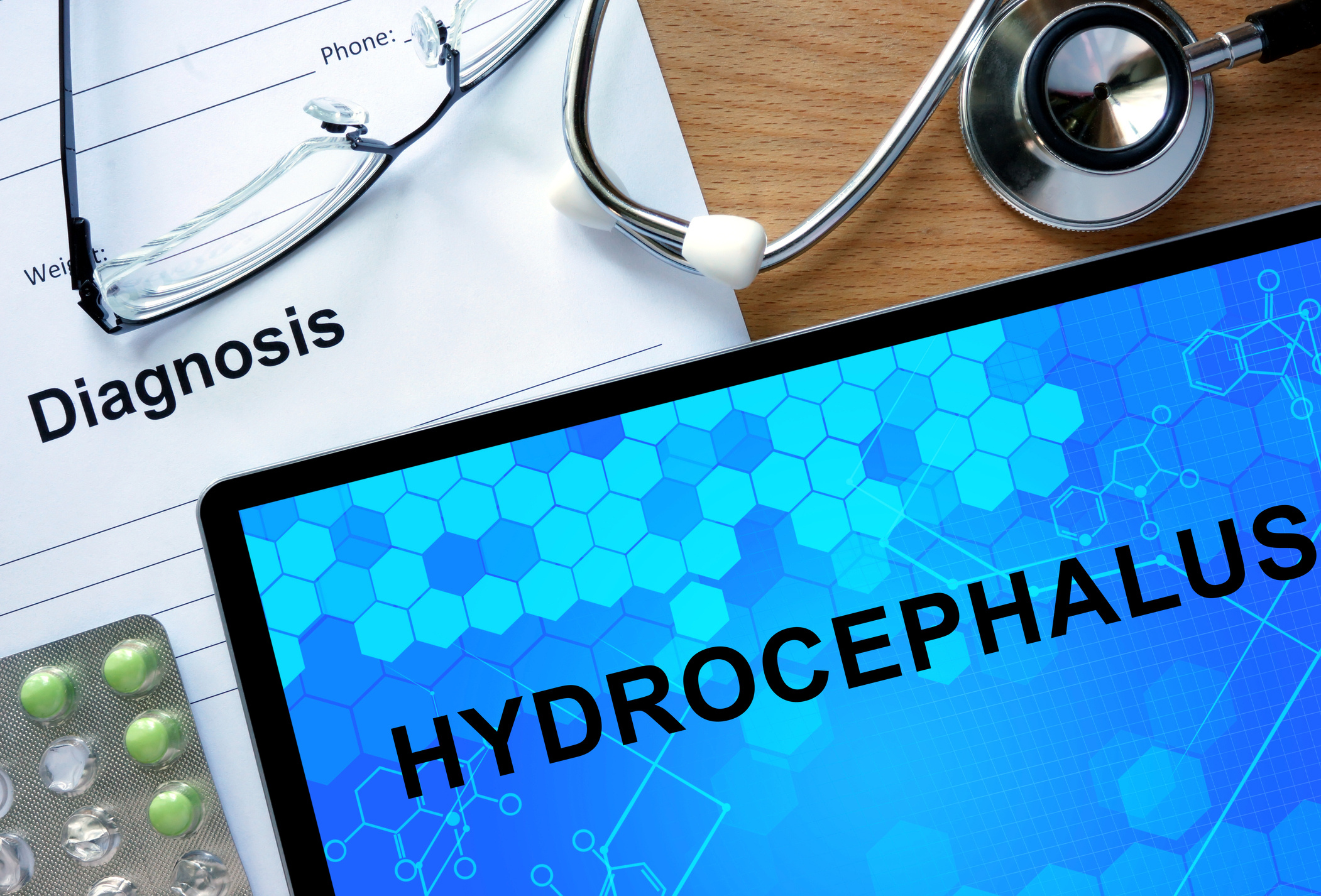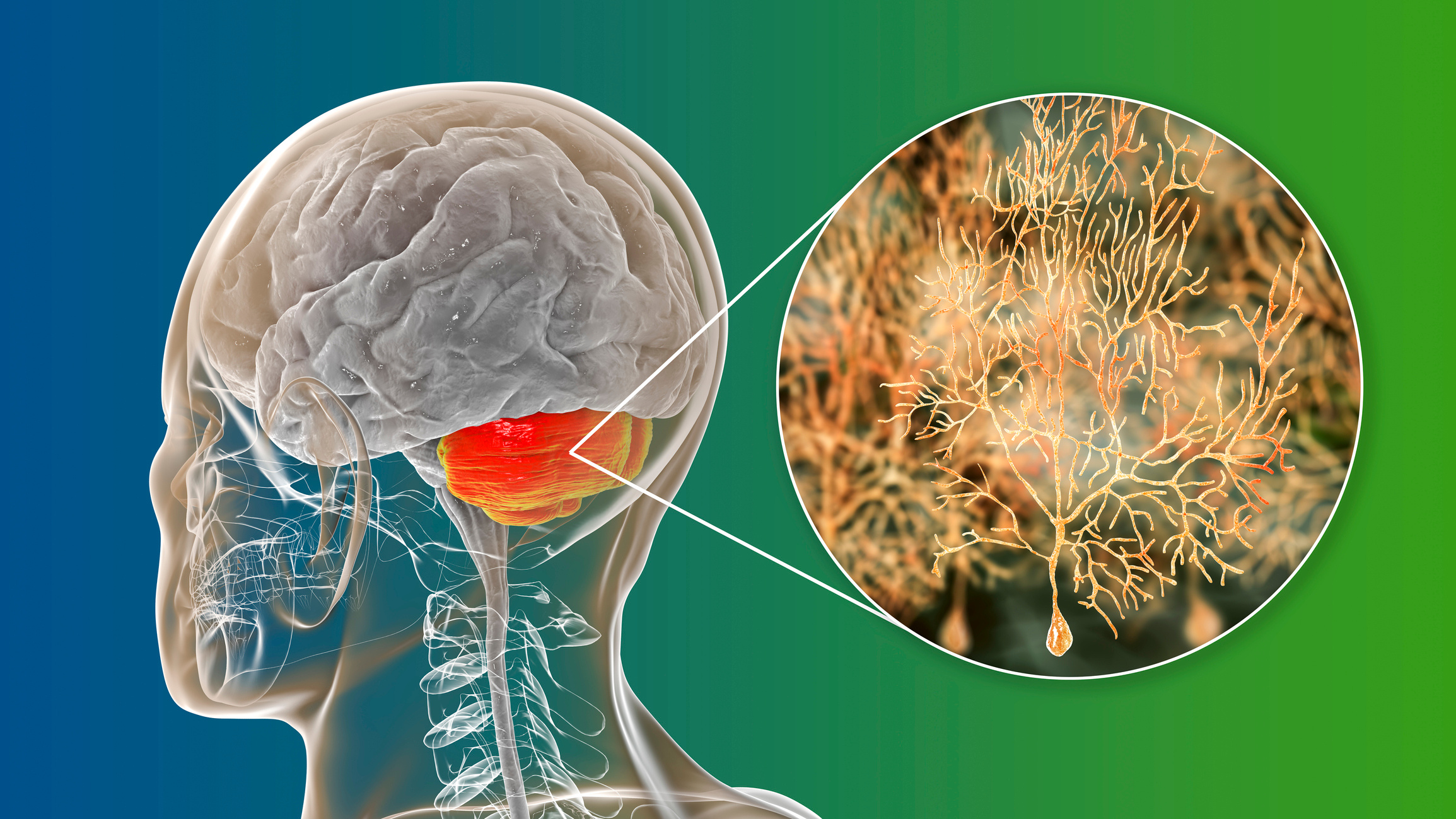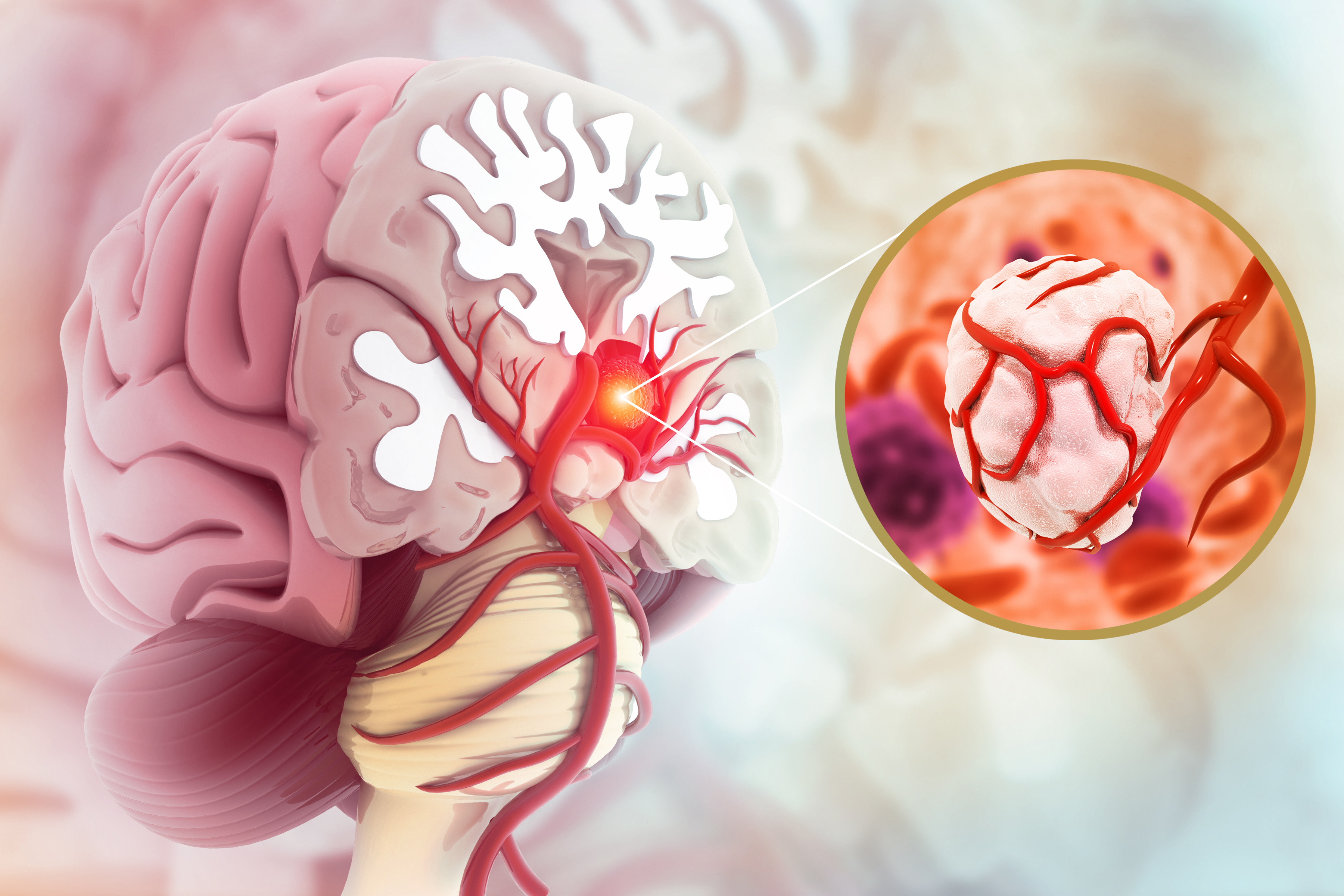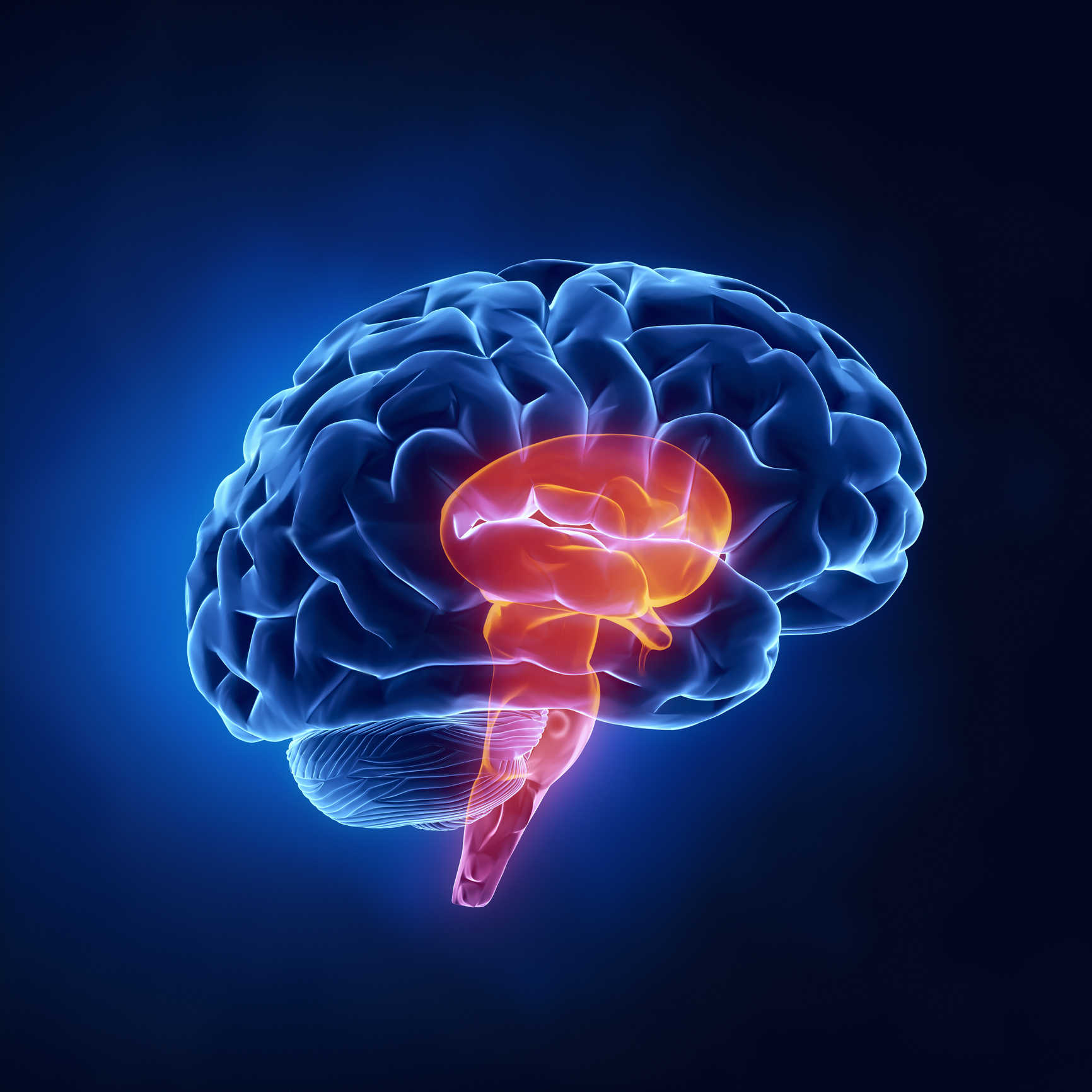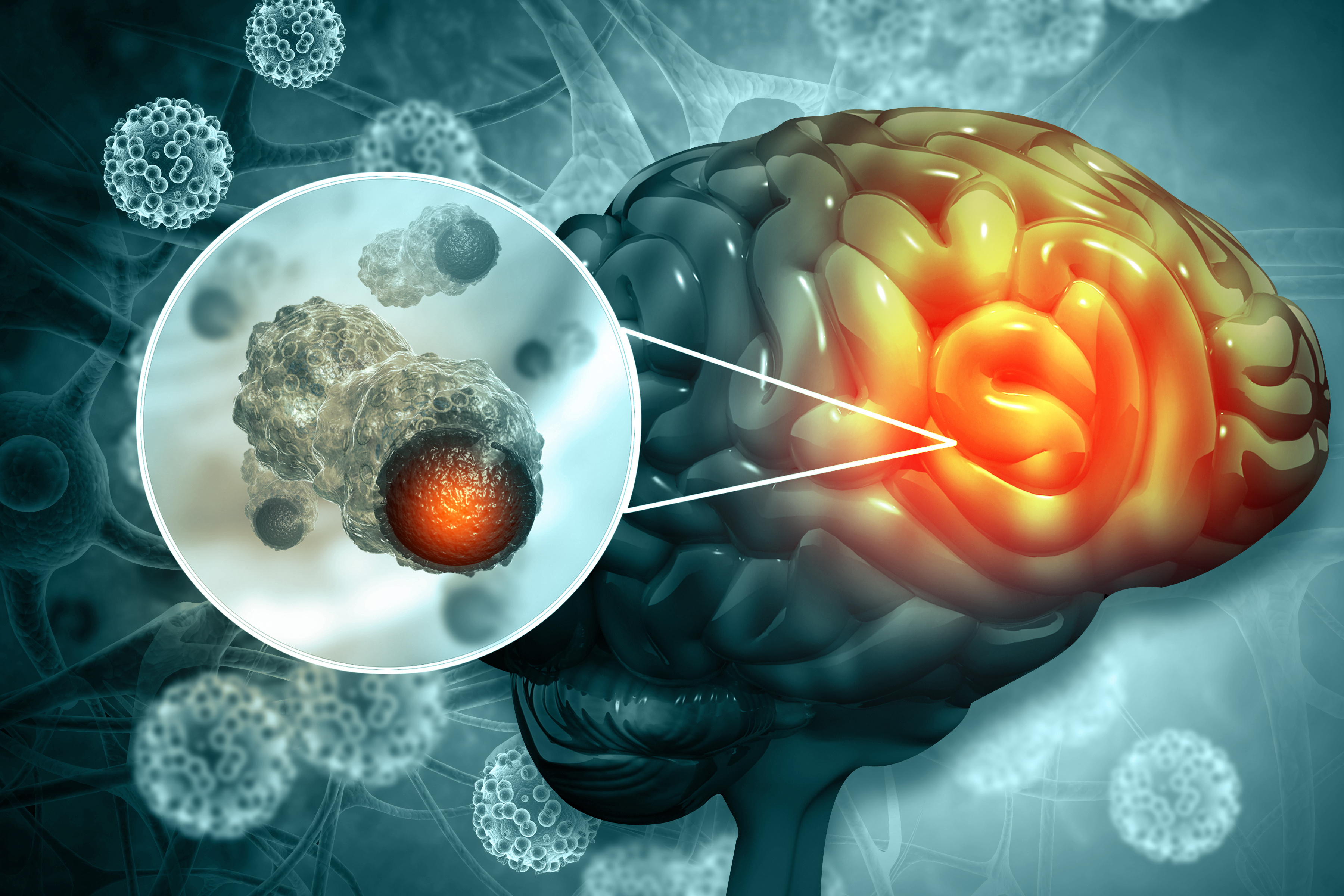Gebze
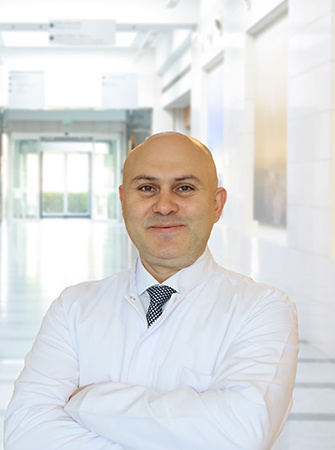
MD.
Emre Zorlu
He has been working as neurosurgery specialist in Anadolu Medical Center since 2023.
Speciality
- Neurooncological surgery
- Neurovascular surgery
- Endoscopic Cranial surgery
- Minimal invasive spinal surgery
- Functional neurosurgery
Education
- 1999-2005 Faculty of Medicine at Gülhane Military Medical Academy (GATA)
- 2010-2015 Specialization in Neurosurgery at GATA Haydarpaşa Training Hospital
Institutions Worked At
- 2015 – 2016: GATA Haydarpaşa Training Hospital, Department of Neurosurgery
- 2016 – 2017: Şırnak Military Hospital, Department of Neurosurgery
- 2017 – 2019: GATA Haydarpaşa Training Hospital, Department of Neurosurgery
- 2019 – 2019: Private Aktif Hospital, Yalova
- 2019 – 2023: BAÜ Göztepe Medicalpark University Hospital, Department of Neurosurgery
- Neurosurgery Association of Turkey
- AO Spine Foundation
- International Basic Neurosurgery course (2012-2015)
- Temel Moleküler Nöroonkoloji kursu (2014)
- Endoskopik Kafa tabanı Cerrahisi kursu (2015)
- Endoskopik Hipofiz Cerrahisi kursu (2015)
- Eurospine Modül Kurslar 6 step (2023)
- Levantine Forum Advances in Neuro Surgery (2008)
- Guler L, Guler A, Gokcinar D, Kirkluoglu M, Zorlu E, Yesil FG. Challenges in the design of drug therapy study on rats. J Cardiothorac Vasc Anesth. 2013 Oct;27(5):e65.
- Şimşek H, Zorlu E. Cystic lesion of the ventriculus terminalis accompanied by split cord malformation. Spine J. 2016 Nov;16(11):e739.
- Şimşek H, Zorlu E, Kaya S, Şahin MA. Late presentation of missed aorta-caval fistula as arteriovenous malformation following lumbar disc surgery. Spine J. 2016 Sep;16(9):e615-6.
- Atabey C, Gocmen S, Simsek H, Zorlu E, Demircan MN, Colak A, Dinc C. Surgical results of degenerative spondylolisthesis patients over 70 years old: a single-center experience and clinical outcomes. Turk Neurosurg. 2012;22(5):534-9.
- Eyi YE, Aksoy Y, Zorlu E, Kaya A, Ozturk K, Colakoglu K. Is S100B protein level really not an indicator of brain damage due to carbon monoxide poisoning in children? Am J Emerg Med. 2013 Oct;31(10):1531
- Şimşek H, Zorlu E, Kaya S, Baydoğan M, Atabey C, Çolak A. A new multipartite plate system for anterior cervical spine surgery; finite element analysis. Br J Neurosurg. 2018 Jun;32(3):276-282.
- Aksoy Y, Eyi YE, Colakoglu K, Zorlu E, Yesil FG. Culture positivity for exact diagnosis of Pseudomonas aeruginosa endophthalmitis. Arq Bras Oftalmol. 2013 Mar-Apr;76(2):133.
- Arıbal S, Zorlu E, Cuce F, Mutlu H. Posterior fossa arachnoid cyst herniation through craniocervical junction. Acta Neurol Belg. 2017 Jun;117(2):537-538.
- Demirci Otluoglu G, Paker B, Zorlu E, Akakın A, Kilic T. Iatrogenic rhinorrhea by nasal swab testing during COVID-19 pandemic: Case report. Neurochirurgie. 2022 Apr;68(3):347-348.
- Demirci Otluoglu G, Zorlu E, Yılmaz B, Akakın A, Yapıcıer O, Kilic T. Intracranial hemangiopericytoma after radiation treatment: first case in the literature. Br J Neurosurg. 2023 Jun;37(3):345-346.
- Aribal S, Zorlu E, Ozyurek S. Cervical myelomeningocele associated with multiple spinal anomalies. Spine J. 2016 Oct;16(10):e697-e698.
- Demir MK, Yapıcıer O, Ertem O, Paker B, Zorlu E, Kılıc T. A Systematic Review of Cavernous Sinus Chondromas and an Illustrative Case Treated With Subtotal Resection Followed by Gamma Knife Radiosurgery. World Neurosurg. 2023 Aug;176:66-73. doi: 10.1016/j.wneu.2023.04.079. Epub 2023 Apr 26.
- Saglam M, Zorlu E, Meral C. Aneurysmal dilatation of torcular herophili. Acta Neurol Belg. 2017 Mar;117(1):303-304.
- Atabey C, Zorlu E, Kurt H, Göçmen S, Unsal D, Dinç C, Demircan MN. Lomber spinal cerrahi sonrası ağrının azaltılmasında en ekonomik yöntem: Soğuk kompresyon uygulaması. Gülhane Tıp Derg 2016;58:33-36.
- Göçmen S, Eroğlu A, Topuz AK, Atabey C, Zorlu E. Median nerve injury due to pralidoxime auto-injector: A case report. Türk Nöroşirürji Dergisi 2013;23(1):100-102.
- Göçmen S, Zorlu E, Atabey C, Topuz AK, Çolak A, Demircan MN. C1 Dumbbell Tumor:A case report. Türk Nöroşirürji Dergisi 2013;23(1):85-87.
Featured Cancer Articles
- 6 Nutrition Tips for Those Who Fast
- What is Disease X (Virus X)?
- How Does Cancer Form?
- What is an Ovarian Cyst?
- What is Cervical Cancer?
- What Are the Symptoms and Treatment Methods of Testicular Cancer?
- Symptoms, Diagnosis, and Treatment Process of Bladder Cancer
- Liver Cancer
- What is Stomach Cancer? What are Its Symptoms and Treatment?
- Thyroid: What is it, Symptoms, Diagnosis, and Treatment



